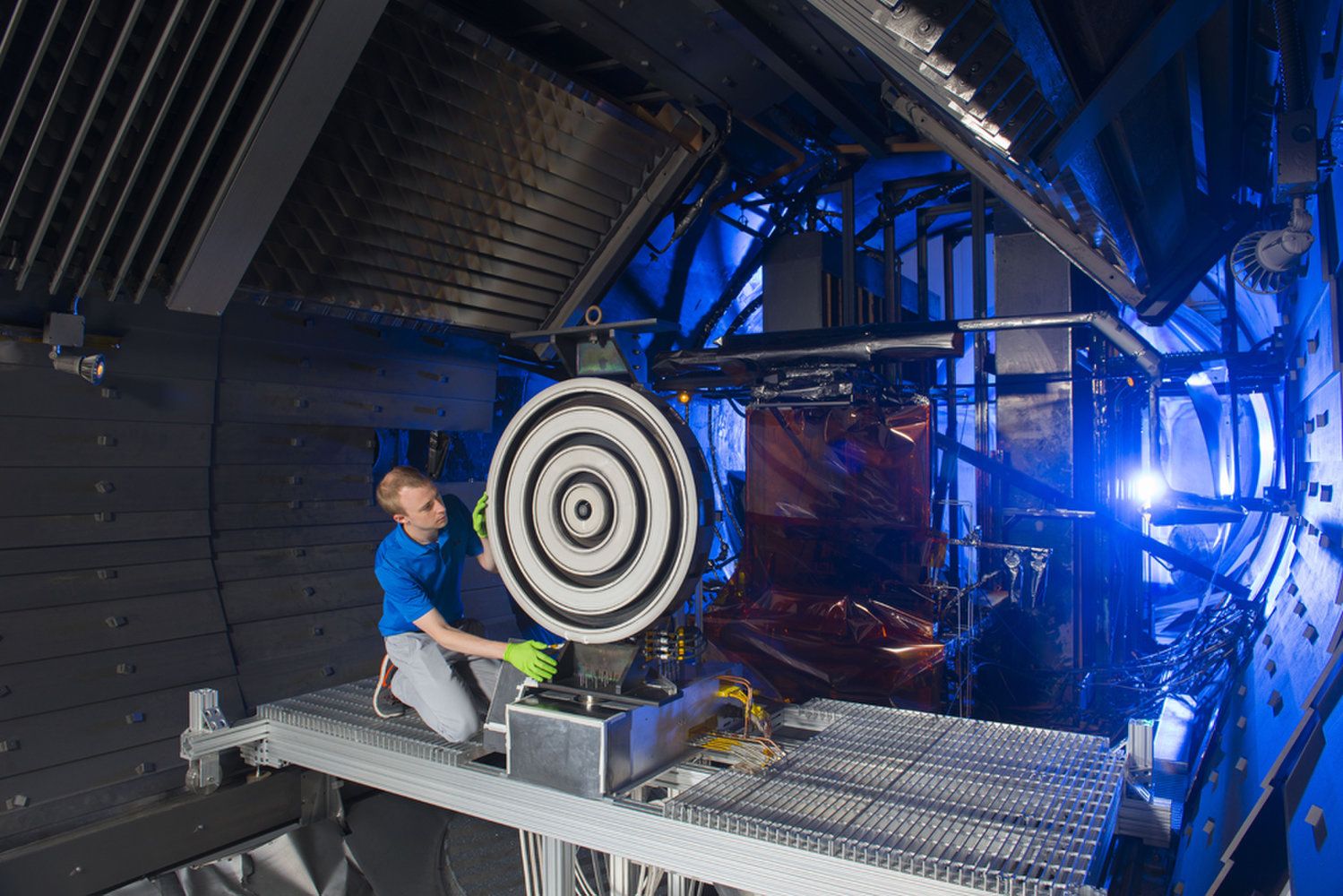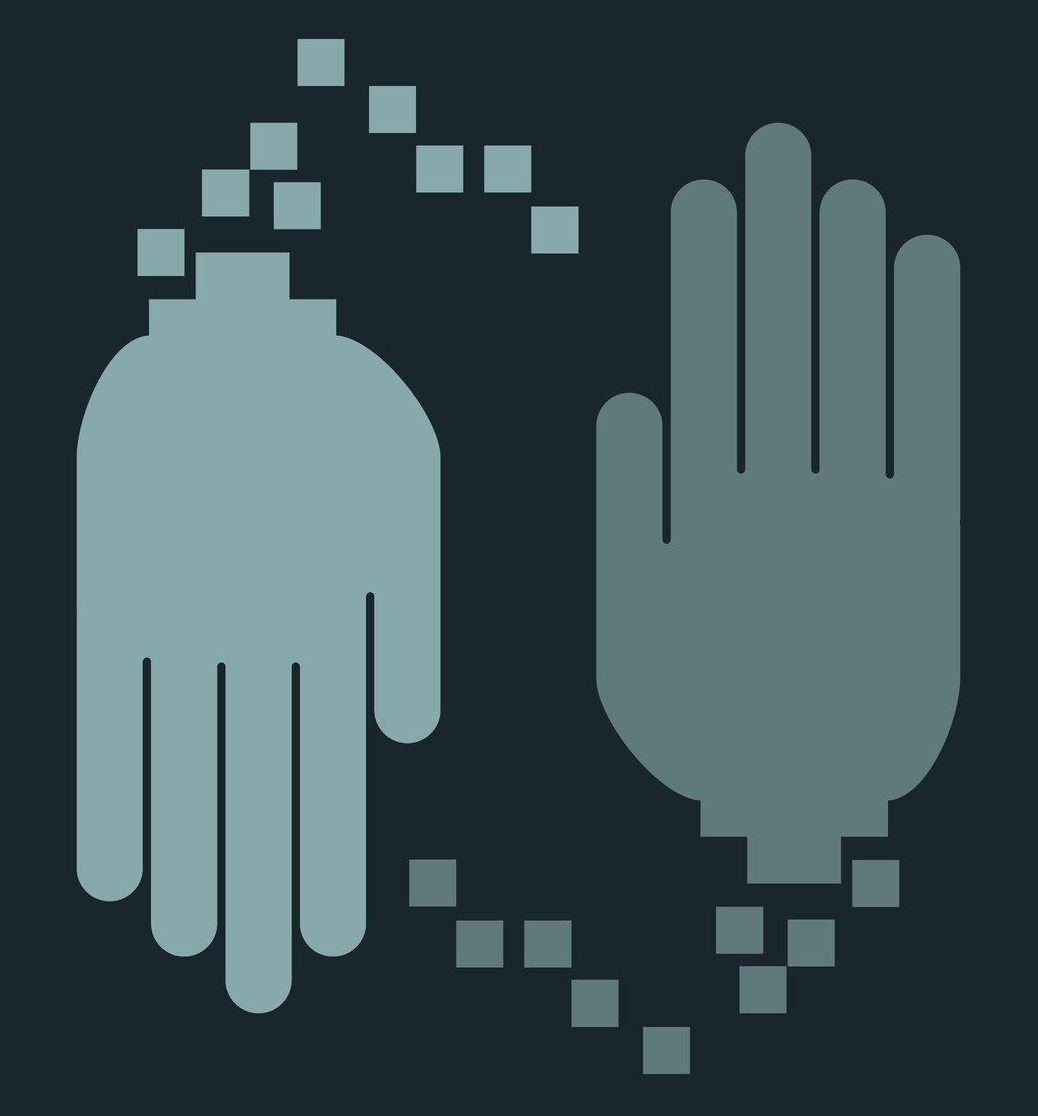Last article (3 of 3) in three part stem cell series.
Stem cell decline goes with aging. With the right growth factors, we can awaken our lazy stem cells to repair our aging organs.


Second article (#2 of 3) in three part stem cell series.
Summary: Stem cell decline leads to disease, gradual organ failure, and death. Learn what causes it and how researchers are trying to reverse stem cell decline. Part one of a two-part series.
Are stem cells the fountain of youth?
Recent discoveries suggest that stem cells may be able to regenerate most of our organs in the near future. Using regenerative medicine, death and disability from organ failure will soon be a relic of the past. Gone too will be the failures associated with organ transplantation. Using stem cell therapy, our declining immune systems will be restored, no longer compromised by old age. Finally, stem cells can minimize the dysfunction and mortality associated with infectious diseases.

First article (#1 of 3) in three part stem cell series.
Summary: A brief tutorial on the science behind stem cell therapy.
Doctors already use stem cells to treat blood diseases, a cell-based therapy that has saved the lives of thousands of children with leukemia. Additionally, physicians used stem cells to successfully treat some types of bone, skin, and eye injuries and diseases. The potential of stem cell therapies is enormous, and some researchers feel that we will be able to regrow organs in the near future.
Our Natural Stem Cells
Stem cells replenish damaged tissues and serve as an internal repair system of our bodies. Stem cells have the remarkable ability to develop into many different cell types in the body. They divide without limit to replenish other cells and repair damaged tissue.

Cellular Garb-aging is the build-up of junk inside the cells that naturally occurs during aging. This article says why it happens.
To maintain protein homeostasis, and prevent garb-aging, the cell uses molecular chaperones, which help assemble and disassemble proteins. Chaperonins are a special class of chaperones that provide favorable conditions for the correct folding of other proteins, thus preventing aggregation. Chaperonins prevent the misfolding of proteins, which prevents conditions such as Mad Cow Disease. Sometimes, chaperonin proteins may also tag misfolded proteins to be degraded. When properly tagged, other processes can recognize the damaged or misfolded proteins and ‘take out the trash.’
Think of it as garb-aging removal.
Aging Leads to Cellular Garb-Aging
Unfortunately, advancing age brings about the decline of the molecular chaperones that aid in the folding process. To add insult to injury, we also experience a decrease in the other quality control process that help clear misfolded and damaged proteins from our cells. Our garb-aging removal processes fall to the wayside. Garb-aging takes its place.

Researchers have discovered why inflammaging occurs and are working on new treatments. Inflammaging is new medical term for “the chronic inflammation brought on by old age.”
Summary: Inflammaging is a low-grade inflammation brought on by old age. It accelerates the aging process and worsens diseases like cancer and heart disease. Because inflammaging accelerates aging, geroscientists are perfecting a few cures for the condition.
As we age, most of us tend to develop a low-grade chronic inflammation that causes disease and damage throughout the body. Because this low-level inflammation typically accompanies aging, scientists have nicknamed it ‘inflammaging.’ Most geroscientists implicate inflammaging as the cause of many of age-related diseases including diabetes, heart disease, cancer, and dementia. These chronic diseases accelerate aging and shorten our lives.
There is good news, however. Geroscientists feel that reducing inflammaging will eliminate or reduce these diseases. In fact, these anti-aging scientists have developed several potential remedies to solve the problem.

Does an out of whack microbiome cause inflammaging?
Does our microbiome cause inflammaging, the low-level chronic inflammation that plagues our bodies as we get older? A new research paper examines the question, and their findings just might surprise you.
Many people still regard bacteria and other microorganisms as mere disease-causing germs. However, it’s a lot more complicated than that. In fact, it has become increasingly clear that a healthy human body is teeming with microbes, which play a role in our immune system. We are not just an organism; we are a super-organism and the millions of microbes both within and without our bodies.
The Microbiome and Inflammaging
Geroscientists are starting to realize that the human microbiome, the colony of bacteria in our gut, Several studies have shown that our microbiome changes as we age, and this could negatively impact our health.

The number of people who believe—based on data, not faith—that humans can become (almost) immortal is growing, and includes the likes of scientists, billionaires, engineers and billionaire-engineers. For instance, investor Peter Thiel has donated to the anti-ageing cause, in addition to the $500,000 (around ₹3.2 crore) Palo Alto Longevity Prize for anyone who can radically extend the life of a mammal. Larry Ellison, the co-founder of Oracle, too has donated $335 million to scientists studying ageing before he decided to redirect his foundation’s grants toward eliminating polio in 2013.
When, in the future, expensive baubles cease to hold the same novelty they do today, redefined concepts of luxury are what the super-rich can pick from.

By harichandan arakali forbes india staff

#AI The Machine Learning 4 SETI Code Challenge (ML4SETI), created by the SETI Institute and IBM, was completed on July 31st 2017. Nearly 75 participants, with a wide range of backgrounds from industry and academia, worked in teams on the project. The top team achieved a signal classification accuracy of 95%. The code challenge was sponsored by IBM, Nimbix Cloud, Skymind, Galvanize, and The SETI League.
The Machine Learning 4 SETI Code Challenge (ML4SETI), created by the SETI Institute and IBM, was completed on July 31st 2017. Nearly 75 participants, with a wide range of backgrounds from industry and academia, worked in teams on the project. The top team achieved a signal classification accuracy of 95%. The code challenge was sponsored by IBM, Nimbix Cloud, Skymind, Galvanize, and The SETI League.
The ML4SETI project challenged participants to build a machine-learning model to classify different signal types observed in radio-telescope data for the search for extra-terrestrial intelligence (SETI). Seven classes of signals were simulated (and thus, labeled), with which citizen scientists trained their models. We then measured the performance of these models with tests sets in order to determine a winner of the code challenge. The results were remarkably accurate signal classification models. The models from the top teams, using deep learning techniques, attained nearly 95% accuracy in signals from the test set, which included some signals with very low amplitudes. These models may soon be used in daily SETI radio signal research.
Deep learning models trained for signal classification may significantly impact how SETI research is conducted at the Allen Telescope Array, where the SETI Institute conducts its radio-signal search. More robust classification should allow researchers to improve the efficiency of observing each star system and allow for new ways to implement their search.

A thruster that’s being developed for a future NASA mission to Mars broke several records during recent tests, suggesting that the technology is on track to take humans to the Red Planet within the next 20 years, project team members said.
The X3 thruster, which was designed by researchers at the University of Michigan in cooperation with NASA and the U.S. Air Force, is a Hall thruster — a system that propels spacecraft by accelerating a stream of electrically charged atoms, known as ions. In the recent demonstration conducted at NASA’s Glenn Research Center in Ohio, the X3 broke records for the maximum power output, thrust and operating current achieved by a Hall thruster to date, according to the research team at the University of Michigan and representatives from NASA.
“We have shown that X3 can operate at over 100 kW of power,” said Alec Gallimore, who is leading the project, in an interview with Space.com. “It operated at a huge range of power from 5 kW to 102 kW, with electrical current of up to 260 amperes. It generated 5.4 Newtons of thrust, which is the highest level of thrust achieved by any plasma thruster to date,” added Gallimore, who is dean of engineering at the University of Michigan. The previous record was 3.3 Newtons, according to the school.

White-collar automation has become a common buzzword in debates about the growing power of computers, as software shows potential to take over some work of accountants and lawyers. Artificial-intelligence researchers at Google are trying to automate the tasks of highly paid workers more likely to wear a hoodie than a coat and tie—themselves.
In a project called AutoML, Google’s researchers have taught machine-learning software to build machine-learning software. In some instances, what it comes up with is more powerful and efficient than the best systems the researchers themselves can design. Google says the system recently scored a record 82 percent at categorizing images by their content. On the harder task of marking the location of multiple objects in an image, an important task for augmented reality and autonomous robots, the auto-generated system scored 43 percent. The best human-built system scored 39 percent.
Such results are significant because the expertise needed to build cutting-edge AI systems is in scarce—even at Google. “Today these are handcrafted by machine learning scientists and literally only a few thousands of scientists around the world can do this,” said Google CEO Sundar Pichai last week, briefly namechecking AutoML at a launch event for new smartphones and other gadgets. “We want to enable hundreds of thousands of developers to be able to do it.”